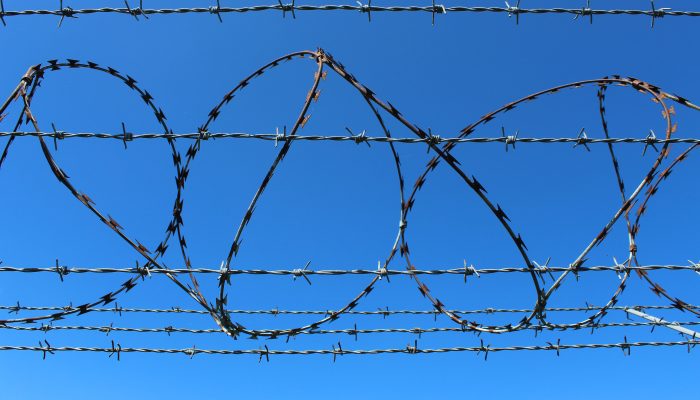One of the key tenets of juvenile justice reform in South Dakota – keeping low-level youth offenders out of custody in favor of rehabilitative services and a return to public school attendance – is causing headaches for South Dakota education officials, who say they are not equipped to deal with habitual offenders in school settings.
That balancing act is the backdrop for Senate Bill 4, one of several proposed bills resulting from a 2022 legislative summer study that explored ways to improve cooperation between schools, law enforcement and courts as the state continues to assess its youth corrections strategy amid major reforms enacted over the past decade.
Senate Bill 4 is a proposal to amend existing law so that a juvenile who re-offends after three “separate and distinct criminal episodes” in a 6-month period be committed to the South Dakota Department of Corrections system, which could mean hard detention, foster care or a placement such as McCrossan Boys Ranch in Sioux Falls or New Beginnings Center in Aberdeen.
The bill, being considered by the Senate Judiciary Committee, could be adjusted to increase the span of violations from six months to a year. The proposal comes as legislators are also considering legislation to study an optional educational path for troubled students and to improve communication between law enforcement and schools when a student is suspected of threatening violence or violating drug or alcohol laws.
These issues are the core of South Dakota’s quest to find the right balance between consequences for kids who commit serious crimes and encouraging counseling and family services for those determined to be less of a threat. The fact that the latter group frequently returns to public school classrooms has become a source of frustration for educators, who say they end up doling out discipline they feel should be handled by the courts while worrying that some potentially dangerous students may end up in schools.
“No one wants to go back to the way things were before (reforms were adopted),” said Tim Graf, superintendent of the Harrisburg School District, the state’s third-largest system. “For a while, there were too many detentions, but like many things it could be that the pendulum has swung back too far. We’re trying to find solutions that are effective for schools and law enforcement while still addressing the initial concern.”
South Dakota ranked first per capita in the nation for locking up juveniles before implementing the Juvenile Detention Alternative Initiative (JDAI) in Minnehaha and Pennington counties in 2010, followed by legislation in 2015 that restricts scenarios in which a youth offender can be detained. The law also offers financial incentives for counties that provide “diversion opportunities” such as support counseling rather than detention for young offenders.
You can read the full article at South Dakota News Watch.

